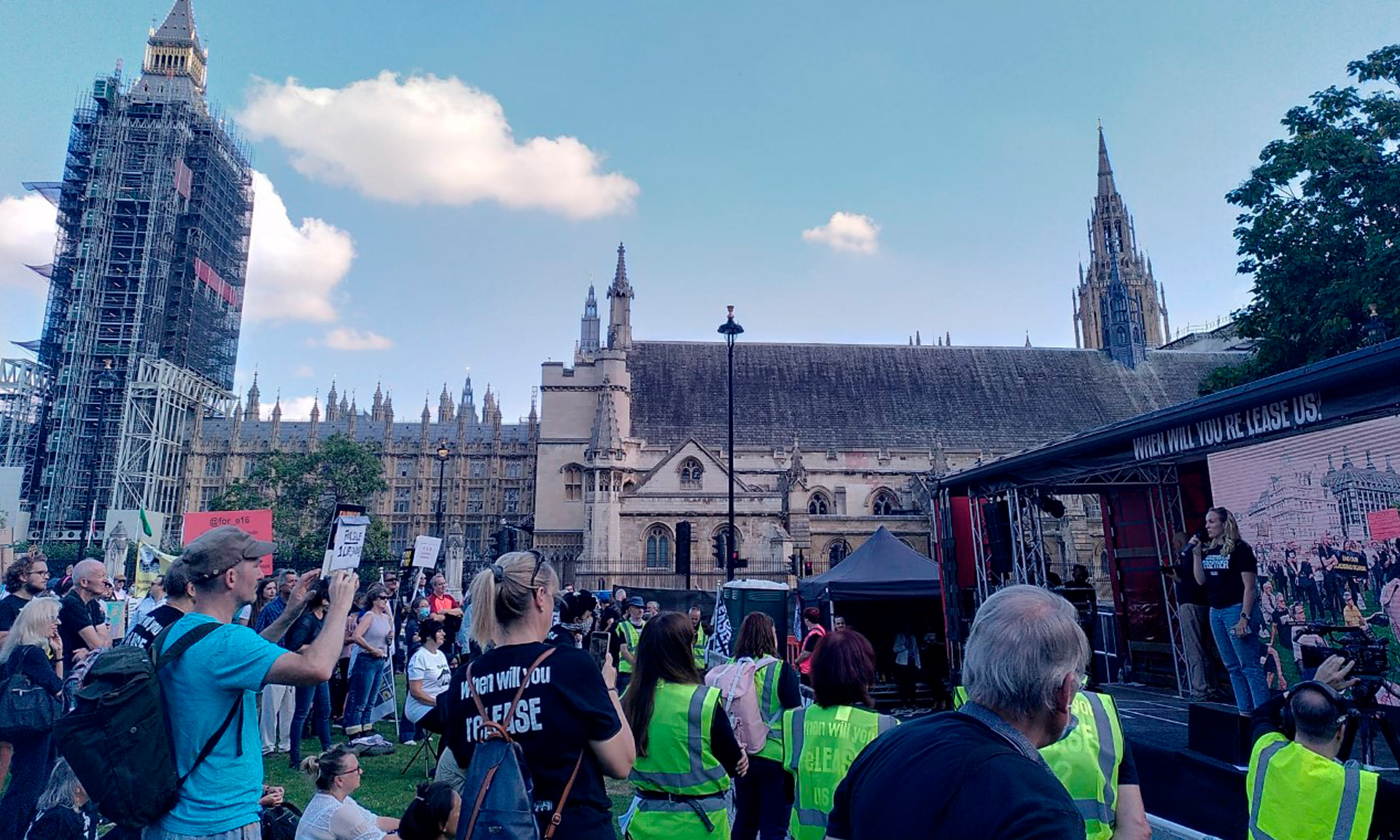
First-time buyers may want to think twice about using ‘buy now, pay later’ (BNPL) schemes in the lead up to applying for a mortgage, as Which? research has found banks and building societies are taking an inconsistent approach to how they ask about and treat this innovative form of borrowing.
If you’ve been shopping online recently, you will almost certainly have come across the bright and bold schemes from Clearpay, Laybuy, Klarna and others, inviting you to defer or spread the cost of your purchase, often without incurring any interest.
The use of these schemes surged during the pandemic and hasn’t abated since restrictions eased. But many don’t realise that BNPL is a form of debt, and so may not be aware that these arrangements can be treated in the same way as other credit commitments such as a loan or a credit card.
Here, Which? investigates how mortgage lenders view BNPL arrangements and explain whether having too much short-term credit could scupper your chances of buying a home.
Mortgage lenders tackle BNPL borrowing differently
If you are a first-time buyer, you may want to get a mortgage decision in principle (DIP, also known as an ‘agreement in principle’ or ‘AIP’) from a lender to understand how much you can borrow and prove to sellers and estate agents that you’ll be able to raise the cash.
When applying for a DIP, you’ll need to give the lender details of your salary, outgoings and the size of your deposit and it will perform a ‘soft’ credit check to confirm your identity. But will you need to include your BNPL bills?
An inconsistent approach
We applied for a DIP with 10 of the UK’s biggest lenders to find out if they asked about BNPL agreements. The results painted an inconsistent picture.
Only four lenders – Barclays, Halifax, Nationwide and TSB – specifically asked for details of BNPL arrangements alongside other credit commitments such as loans and credit cards. They commonly asked about the amount outstanding on each BNPL arrangement, and whether the debt will be fully repaid before the mortgage starts.
The gallery below shows how each lender is gathering information on BNPL borrowing.
Five lenders – HSBC, NatWest, Santander, Virgin Money and Yorkshire Building Society – made no mention of BNPL on their online DIP forms. Coventry Building Society doesn’t accept online applications, but confirmed to us that it doesn’t ask about BNPL when customers apply for a DIP.
The inconsistent approach lenders are taking means that – depending on which you apply with – your BNPL commitments may not come to light until you submit a formal application for a mortgage later on in the homebuying process.
Ultimately, this could slow down your application if more questions need to be asked and in the worst-case scenario impact how much you will be able to borrow for your mortgage.
How do mortgage lenders see your BNPL borrowing?
Submitting a formal application for a mortgage involves your lender conducting a ‘hard’ credit check of your credit report and requesting bank statements to ensure your finances match up with your application.
While some BNPL providers (Klarna and Clearpay) don’t leave any trace of your interest-free borrowing on your credit report, others (Laybuy, OpenPay) do. So how are banks really getting the full picture of your BNPL debts?
When we asked lenders, several confirmed that they look for BNPL commitments when analysing bank statements (you usually need to give them three months’ worth). This means even if your BNPL borrowing doesn’t appear on your credit report it will be picked up eventually.
Which type of BNPL borrowing matters to lenders?
BNPL is rapidly evolving, with providers launching new products and an ever-growing number of lenders entering the market.
Although most schemes offer to delay smaller payments for 30 days or up to six weeks interest-free, some allow you to mix these offers with longer borrowing options on big-ticket items which charge interest.
Monzo, for example, recently launched Flex, which offers a limit of up to £3,000 and the chance to split the cost of a purchase over three instalments interest-free, or for a longer period of six to 12 instalments at a typical 19% APR.
This longer-term borrowing falls into the zone of more traditional credit, and it’s this sort of borrowing lenders told us they are interested in.
Lenders make a distinction on short-term vs longer-term BNPL
Barclays told us active BNPL arrangements are considered ongoing financial commitments (like loans or credit cards). Nationwide and Coventry Building Society said they only look at formal BNPL agreements (that look more like a traditional finance agreement bearing interest) with more than six months left when calculating affordability.
So, a £50 jacket that you choose to defer paying for 30 days, interest-free is unlikely to scupper your mortgage, as this will most likely be paid back by the time your mortgage is granted. However, a £500 washing machine you’ve chosen to split into six payments would be a debt commitment that will impact how much spare cash you have each month and therefore will need to be taken more seriously.
This means you will need to think carefully about the type of BNPL scheme you use to avoid falling into the longer-term debt category, which looks more like a traditional credit agreement and could have greater influence over a bank’s decision to lend to you.
David Hollingworth of the broker L&C Mortgages, explained: ‘The definition of BNPL has broadened, and providers can have a range of short and longer-term options. Some BNPL products now look a lot more like traditional finance arrangements, and therefore would clearly need to be declared as a commitment and factored into lending decisions’.
Will BNPL ruin your mortgage chances?
Whether BNPL commitments will affect your mortgage chances depends on several factors – the amount outstanding, how much you repay each month, and when the arrangements will be paid off.
Ultimately, the key tipping point will be if the lender decides you are too reliant on short-term credit. In this worst-case scenario, a lender could reject your application or potentially offer you a smaller mortgage, which isn’t ideal if you’ve made an offer on a home.
That said, our research shows that while approaches to BNPL vary, the form of credit hasn’t been blacklisted by lenders. Lenders told us they take a full view of a customer’s financial situation before making lending decisions and that the presence of BNPL in itself is not a reason to decline an application. However, multiple BNPL debts could slow down your application if a lender wants more information.
David Hollingworth told Which?: ‘While BNPL arrangements by their very nature might not have a big bearing on affordability, this doesn’t remove the potential for lenders to make further enquiries around something on a bank statement. If a borrower is using BNPL on a very regular basis and to a higher volume then it could require further justification to the underwriter.’
What can you do to maximise your mortgage chances?
In the majority of cases, having a BNPL arrangement in place probably won’t scupper your mortgage chances in itself. But this isn’t completely clear cut.
The inconsistent approach adopted by lenders on their DIP forms means BNPL debts may only be discovered later in the mortgage process, so could slow down your application or in the worst-case scenario impact your ability to borrow what you need to buy a home.
Here are some ways you can give yourself the best possible chance of avoiding such stumbling blocks.



